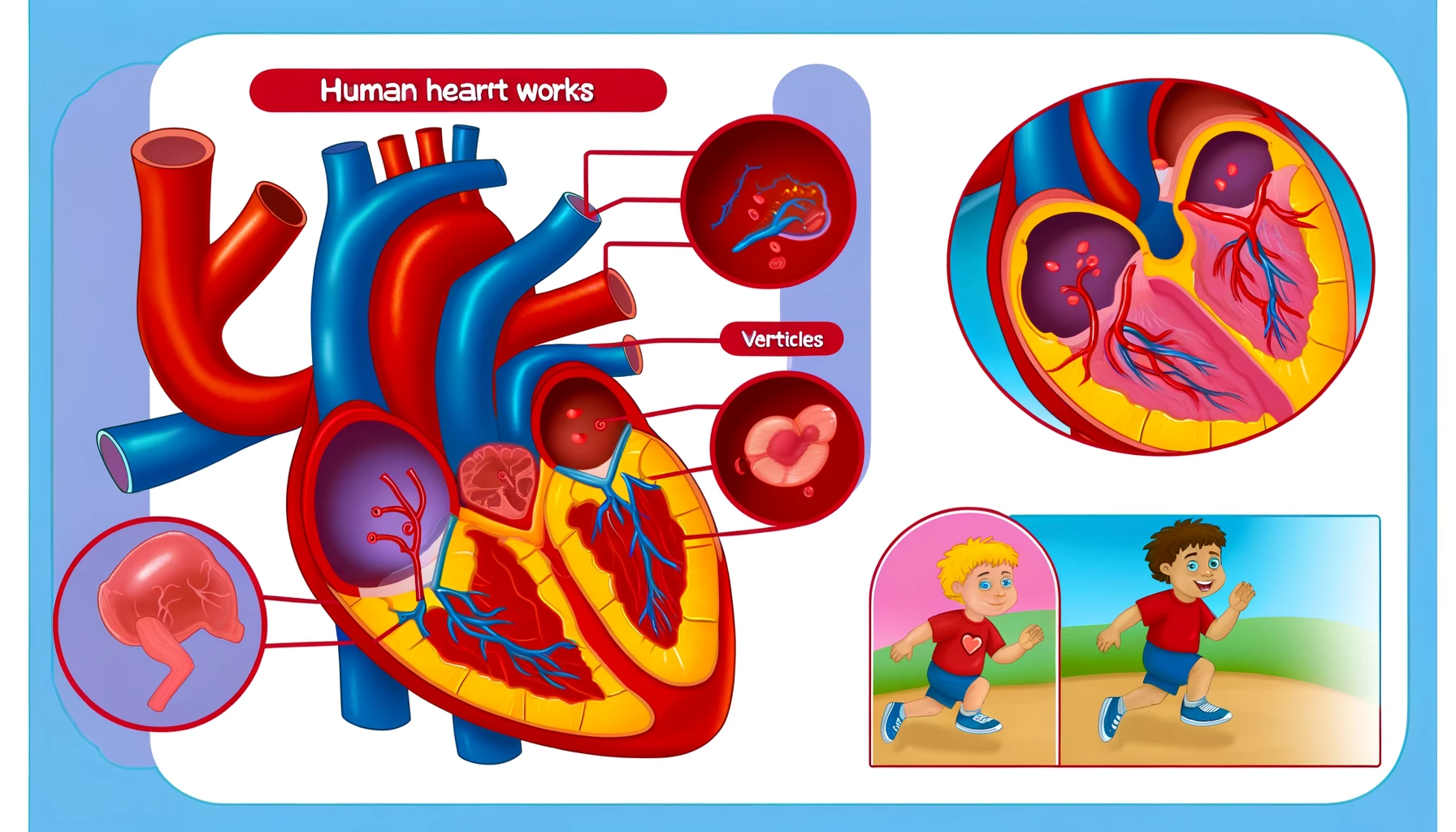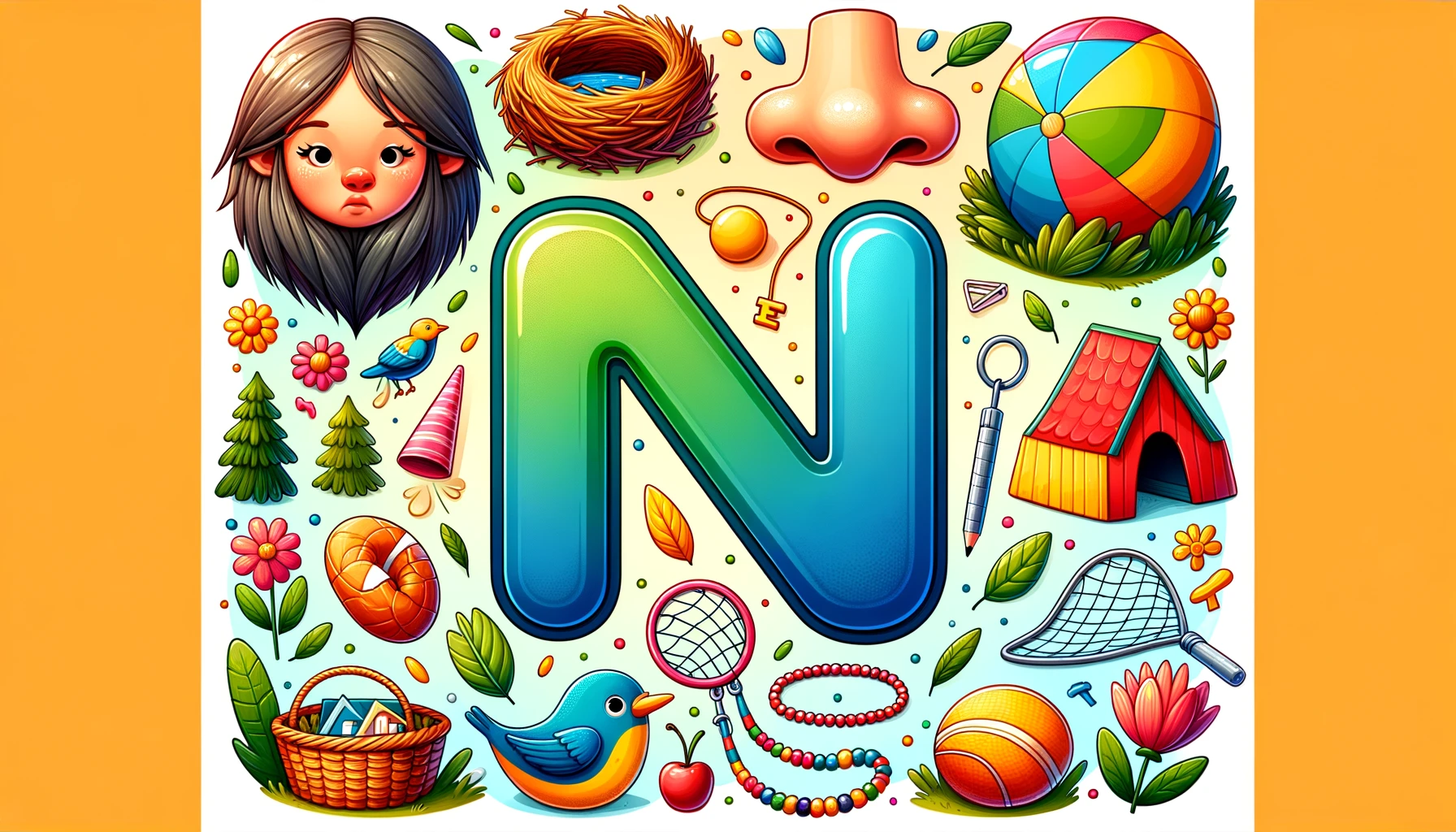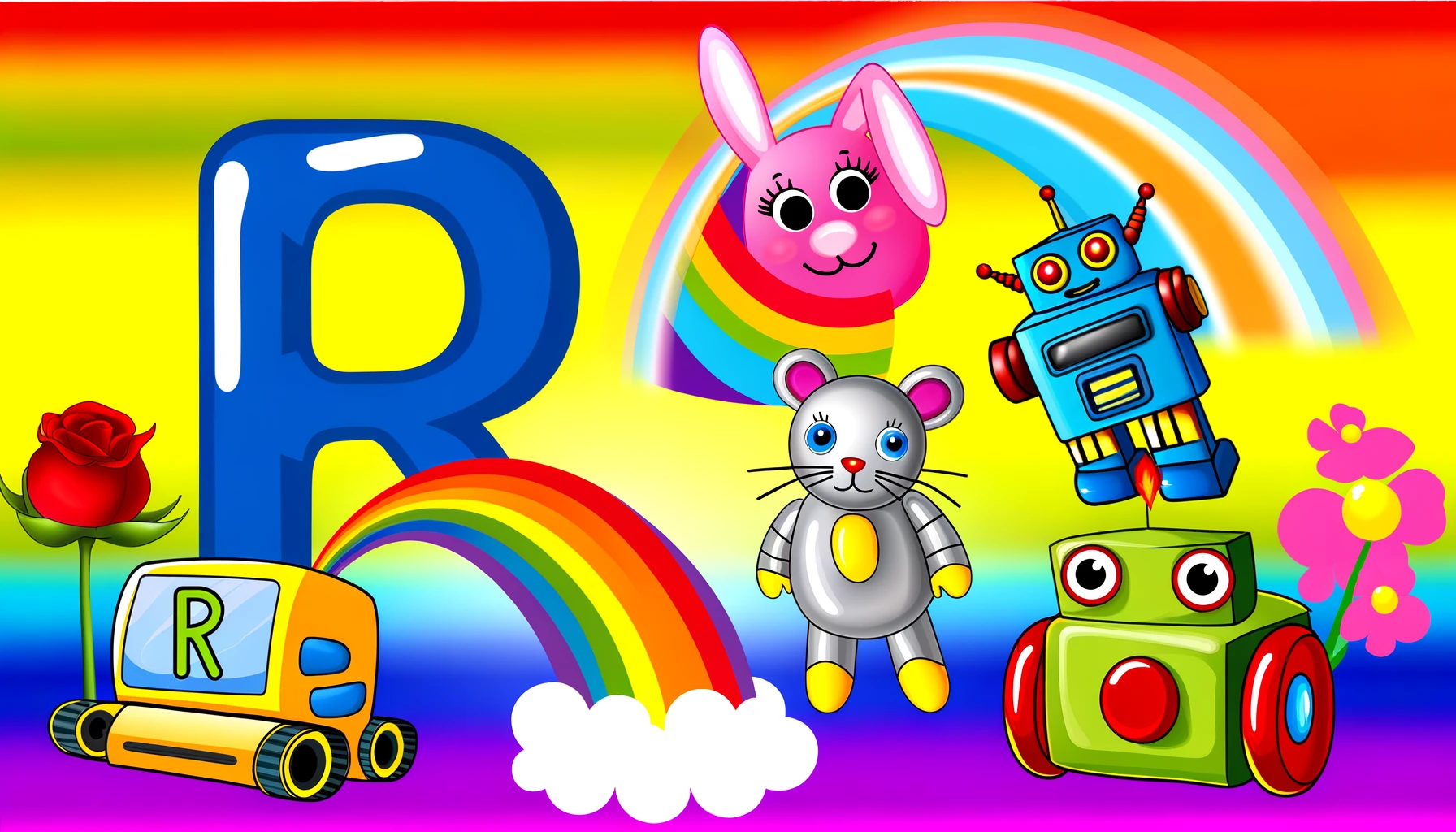How the Heart works: Functions and Importance
How the Heart works: Functions and Importance
Table of Contents
- Introduction to the Heart
- Anatomy of the Heart
- The Cardiac Cycle
- Blood Circulation
- Electrical Conduction System
- Regulation of Heart Function
- Common Heart Disorders
- Importance of Heart Health
- Conclusion
- References
How the Heart Works: Functions and Importance
Introduction to the Heart The heart is a vital organ that pumps blood throughout the body, supplying oxygen and nutrients to tissues and removing waste products. This article explores how the heart works, highlighting its anatomy, functions, and importance in maintaining overall health.
Anatomy of the Heart The heart is a muscular organ located in the chest, between the lungs. It has four chambers: two atria (upper chambers) and two ventricles (lower chambers). Key anatomical features include:
- Atria: The right atrium receives deoxygenated blood from the body, and the left atrium receives oxygenated blood from the lungs.
- Ventricles: The right ventricle pumps deoxygenated blood to the lungs, and the left ventricle pumps oxygenated blood to the rest of the body.
- Valves: Four valves ensure one-way blood flow through the heart: tricuspid, pulmonary, mitral, and aortic valves.
- Septum: A thick wall that separates the right and left sides of the heart.
The Cardiac Cycle The cardiac cycle consists of two main phases: systole and diastole.
- Systole: The ventricles contract, pumping blood out of the heart. The right ventricle sends blood to the lungs via the pulmonary artery, while the left ventricle sends blood to the rest of the body via the aorta.
- Diastole: The heart relaxes, allowing the atria to fill with blood. The right atrium receives blood from the body through the superior and inferior vena cavae, and the left atrium receives blood from the lungs through the pulmonary veins.
Blood Circulation The heart is central to the circulatory system, which includes pulmonary and systemic circuits:
- Pulmonary Circulation: Deoxygenated blood flows from the right ventricle to the lungs via the pulmonary artery. In the lungs, blood releases carbon dioxide and absorbs oxygen. Oxygenated blood then returns to the left atrium via the pulmonary veins.
- Systemic Circulation: Oxygenated blood flows from the left ventricle to the body through the aorta. Blood delivers oxygen and nutrients to tissues and picks up waste products. Deoxygenated blood returns to the right atrium via the vena cavae.
Electrical Conduction System The heart’s electrical conduction system controls the heartbeat:
- Sinoatrial (SA) Node: Located in the right atrium, the SA node generates electrical impulses that initiate each heartbeat, setting the heart’s rhythm (natural pacemaker).
- Atrioventricular (AV) Node: Located between the atria and ventricles, the AV node receives impulses from the SA node and relays them to the ventricles.
- Bundle of His and Purkinje Fibers: These pathways transmit electrical impulses through the ventricles, causing them to contract.
Regulation of Heart Function The heart’s function is regulated by several factors:
- Autonomic Nervous System: The sympathetic nervous system increases heart rate and contractility, while the parasympathetic nervous system decreases heart rate.
- Hormones: Hormones such as adrenaline (epinephrine) and thyroid hormones influence heart rate and strength of contraction.
- Electrolytes: Minerals like potassium, calcium, and sodium play crucial roles in maintaining the heart’s electrical activity and muscle contraction.
Common Heart Disorders Several disorders can affect the heart, leading to various symptoms and health issues:
- Coronary Artery Disease (CAD): A condition where the coronary arteries become narrowed or blocked, reducing blood flow to the heart muscle. It can lead to chest pain (angina) and heart attacks.
- Heart Failure: A condition where the heart cannot pump enough blood to meet the body’s needs. It can result from various causes, including CAD, high blood pressure, and cardiomyopathy.
- Arrhythmias: Abnormal heart rhythms that can cause the heart to beat too fast, too slow, or irregularly. Common types include atrial fibrillation, bradycardia, and tachycardia.
- Valve Disorders: Conditions where one or more of the heart’s valves do not function properly, leading to disrupted blood flow. Examples include mitral valve prolapse, aortic stenosis, and regurgitation.
- Congenital Heart Defects: Structural abnormalities present at birth that can affect the heart’s function and development.
Importance of Heart Health Maintaining heart health is crucial for overall well-being:
- Healthy Diet: Eating a balanced diet low in saturated fats, trans fats, cholesterol, and sodium can support heart health. Consuming fruits, vegetables, whole grains, and lean proteins is beneficial.
- Regular Exercise: Physical activity strengthens the heart muscle, improves circulation, and helps maintain a healthy weight.
- Avoiding Smoking: Smoking is a major risk factor for heart disease. Quitting smoking significantly reduces the risk of heart-related health issues.
- Managing Stress: Chronic stress can contribute to heart disease. Techniques such as meditation, deep breathing exercises, and regular physical activity can help manage stress.
- Regular Check-ups: Routine medical check-ups and monitoring blood pressure, cholesterol levels, and blood sugar can help detect and manage risk factors for heart disease.
Conclusion Understanding how the heart works is essential for maintaining cardiovascular health and overall well-being. The heart’s functions in pumping blood, regulating circulation, and sustaining life are vital for the body’s function. By adopting healthy lifestyle habits and being mindful of risk factors, individuals can support their heart’s function and prevent common heart disorders.

<ⓒ WizardMedics (wizardmedics.com)>






